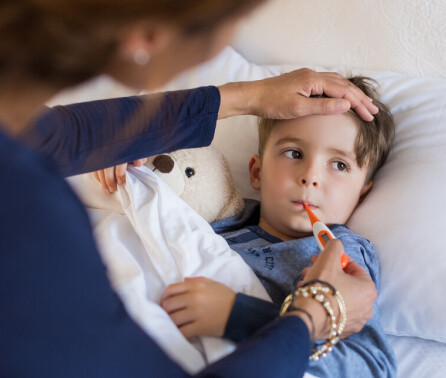BibTex format
@article{Gagliardi:2021:10.1136/archdischild-2020-318832,
author = {Gagliardi, L and Rusconi, F and Reichman, B and Adams, M and Modi, N and Lehtonen, L and Kusuda, S and Vento, M and Darlow, BA and Bassler, D and Isayama, T and Norman, M and Håkansson, S and Lee, SK and Lui, K and Yang, J and Shah, P and International, Network for Evaluating Outcomes of Neonates iNeo Investigators},
doi = {10.1136/archdischild-2020-318832},
journal = {Archives of Disease in Childhood: Fetal and Neonatal Edition},
pages = {17--24},
title = {Neonatal outcomes of extremely preterm twins by sex pairing: an international cohort study.},
url = {http://dx.doi.org/10.1136/archdischild-2020-318832},
volume = {106},
year = {2021}
}
RIS format (EndNote, RefMan)
TY - JOUR
AB - OBJECTIVE: Infant boys have worse outcomes than girls. In twins, the 'male disadvantage' has been reported to extend to female co-twins via a 'masculinising' effect. We studied the association between sex pairing and neonatal outcomes in extremely preterm twins. DESIGN: Retrospective cohort study SETTING: Eleven countries participating in the International Network for Evaluating Outcomes of Neonates. PATIENTS: Liveborn twins admitted at 23-29 weeks' gestation in 2007-2015. MAIN OUTCOME MEASURES: We examined in-hospital mortality, grades 3/4 intraventricular haemorrhage or cystic periventricular leukomalacia (IVH/PVL), bronchopulmonary dysplasia (BPD), retinopathy of prematurity requiring treatment and a composite outcome (mortality or any of the outcomes above). RESULTS: Among 20 924 twins, 38% were from male-male pairs, 32% were from female-female pairs and 30% were sex discordant. We had no information on chorionicity. Girls with a male co-twin had lower odds of mortality, IVH/PVL and the composite outcome than girl-girl pairs (reference group): adjusted OR (aOR) (95% CI) 0.79 (0.68 to 0.92), 0.83 (0.72 to 0.96) and 0.88 (0.79 to 0.98), respectively. Boys with a female co-twin also had lower odds of mortality: aOR 0.86 (0.74 to 0.99). Boys from male-male pairs had highest odds of BPD and composite outcome: aOR 1.38 (1.24 to 1.52) and 1.27 (1.16 to 1.39), respectively. CONCLUSIONS: Sex-related disparities in outcomes exist in extremely preterm twins, with girls having lower risks than boys and opposite-sex pairs having lower risks than same-sex pairs. Our results may help clinicians in assessing risk in this large segment of extremely preterm infants.
AU - Gagliardi,L
AU - Rusconi,F
AU - Reichman,B
AU - Adams,M
AU - Modi,N
AU - Lehtonen,L
AU - Kusuda,S
AU - Vento,M
AU - Darlow,BA
AU - Bassler,D
AU - Isayama,T
AU - Norman,M
AU - Håkansson,S
AU - Lee,SK
AU - Lui,K
AU - Yang,J
AU - Shah,P
AU - International,Network for Evaluating Outcomes of Neonates iNeo Investigators
DO - 10.1136/archdischild-2020-318832
EP - 24
PY - 2021///
SN - 1359-2998
SP - 17
TI - Neonatal outcomes of extremely preterm twins by sex pairing: an international cohort study.
T2 - Archives of Disease in Childhood: Fetal and Neonatal Edition
UR - http://dx.doi.org/10.1136/archdischild-2020-318832
UR - https://www.ncbi.nlm.nih.gov/pubmed/32451356
UR - https://fn.bmj.com/content/106/1/17.info
UR - http://hdl.handle.net/10044/1/80857
VL - 106
ER -
